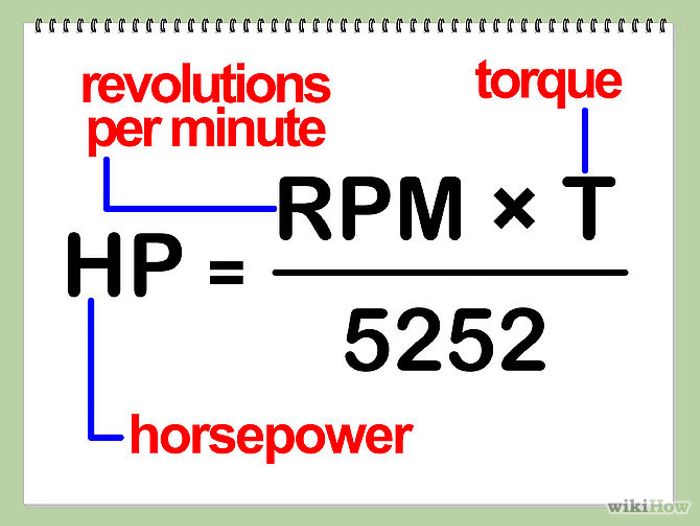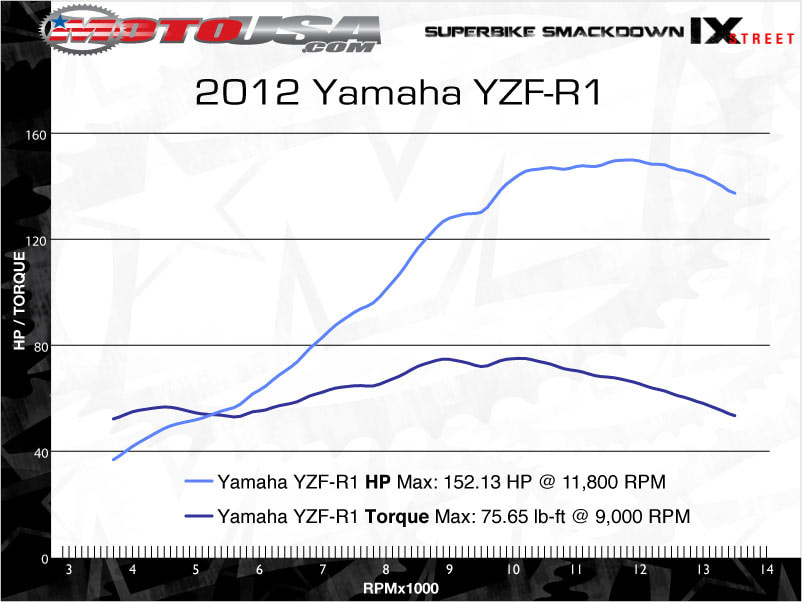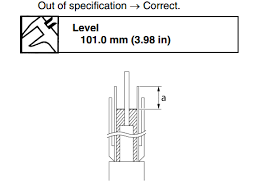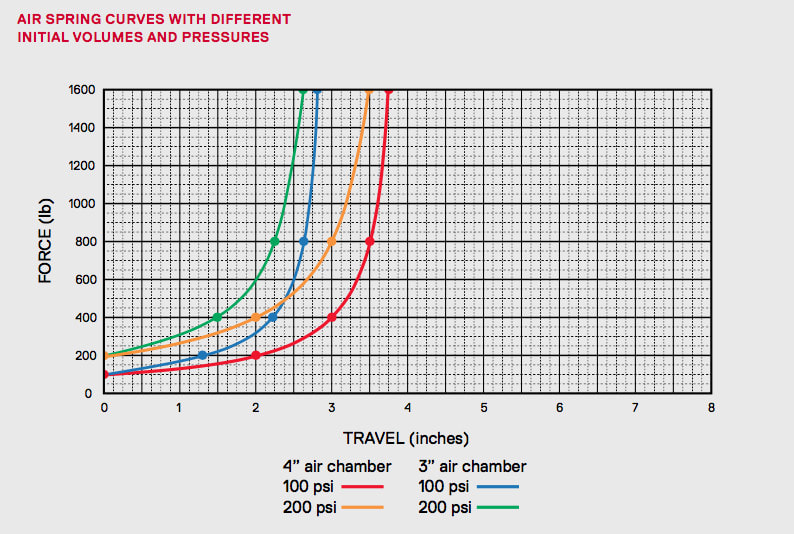- 1 - Decrease losses from friction. This is hardest one to do and if successful will result in very minor gains...things like better quality oil, attention to internal tolerances etc.
- 2 - Reducing rotational mass. Easier to accomplish and potentially much bigger gains but generally very expensive....things like lighter crankshaft and or flywheel, lightweight chain, sprockets and rear wheel etc.
- 3 - Increase engine torque. This is the second hardest way to accomplish higher hp. This can be things like cylinder head porting, radius / multi angle valve seats, cams etc or simply increasing bore size. (no replacement for displacement)
- 4 - increasing the engines max rpm while maintaining the same amount of torque or increasing the engine rpm quicker than torque is dropping. This is the easiest way to make more horsepower if you are not changing the engine displacement. This could be accomplished by pipe/intake length tuning, camshaft profile and timing(4 stroke), cylinder port timing (2 stroke) etc.





 RSS Feed
RSS Feed